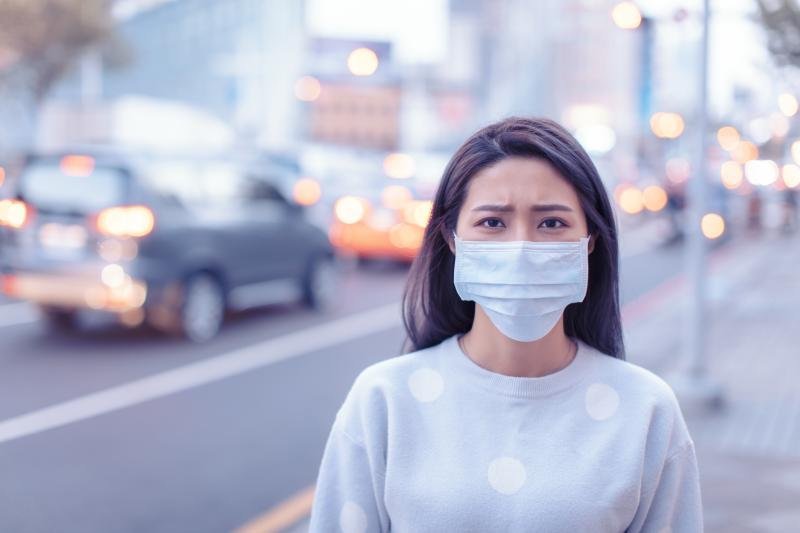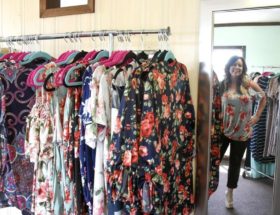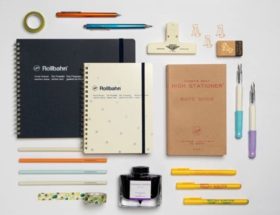
Teachers Can Facilitate Learning for Students Despite Face-Covering Usage
The coronavirus pandemic has greatly changed the school experience for children. School systems across the country require that students and educators who are taking part in classroom instruction wear a face covering to help stop the spread of COVID-19.
The introduction of masks into the classroom means that educators have some very specific challenges. They must ensure that they are wearing their face coverings all day, and they must be sure that the students do the same.
Proper Fitting Masks are Critical
Some educators, especially those who have younger students, may have to monitor how the students are wearing and handling their masks. For example, young children might be tempted to touch the outside of the mask, or even trade masks with other students, but both of those cause safety issues with the masks.
In order to help stop the spread of coronavirus, the masks must be able to stop droplets from carrying the virus from one person to the next. This means that the masks must be worn properly and cover the nose and the mouth. It must also be snug on the face, but not so tight that it cuts into the skin.

Masks Still Allow Adequate Breathing
While some people might think that they are rebreathing the same air because they have a mask on, this isn’t the case. Cloth and disposable masks allow for fresh air to enter the mouth. They are meant only to stop droplets of bodily fluids from being spread around.
Correct Handling of Masks
Ideally, students won’t have to take their masks off at all in the classroom; however, it’s wholly possible that they will have to remove a mask. The front of the mask shouldn’t ever be touched. Only the ear loops or ties should be touched by the hands.
The mask should be folded in half with the outside of the mask remaining on the outside. It should be put into a container to go home with the child to be washed. Educators can ask parents to send an extra clean mask to school just in case something happens to the one the child wears to school.

Tips for Educators
Face covers for school add more work for the teachers in the classrooms, especially when it comes to trying to communicate with the children. Masks can make the voice sound muffled, which can make it difficult for the children to learn properly. Some teachers may be able to use shields on top of their face masks so they can pull the mask down for a moment when the children need to see the teacher’s mouth.
Alternatively, teachers may opt to use face masks with clear panels in the front so the children can see the teacher’s mouth at all times. This might be a big help for students who have hearing difficulties or need special assistance in the classroom.
It’s imperative for teachers to find face masks that work for their classrooms. There are a variety of designs and styles that they can try until they find the best option for their needs.









